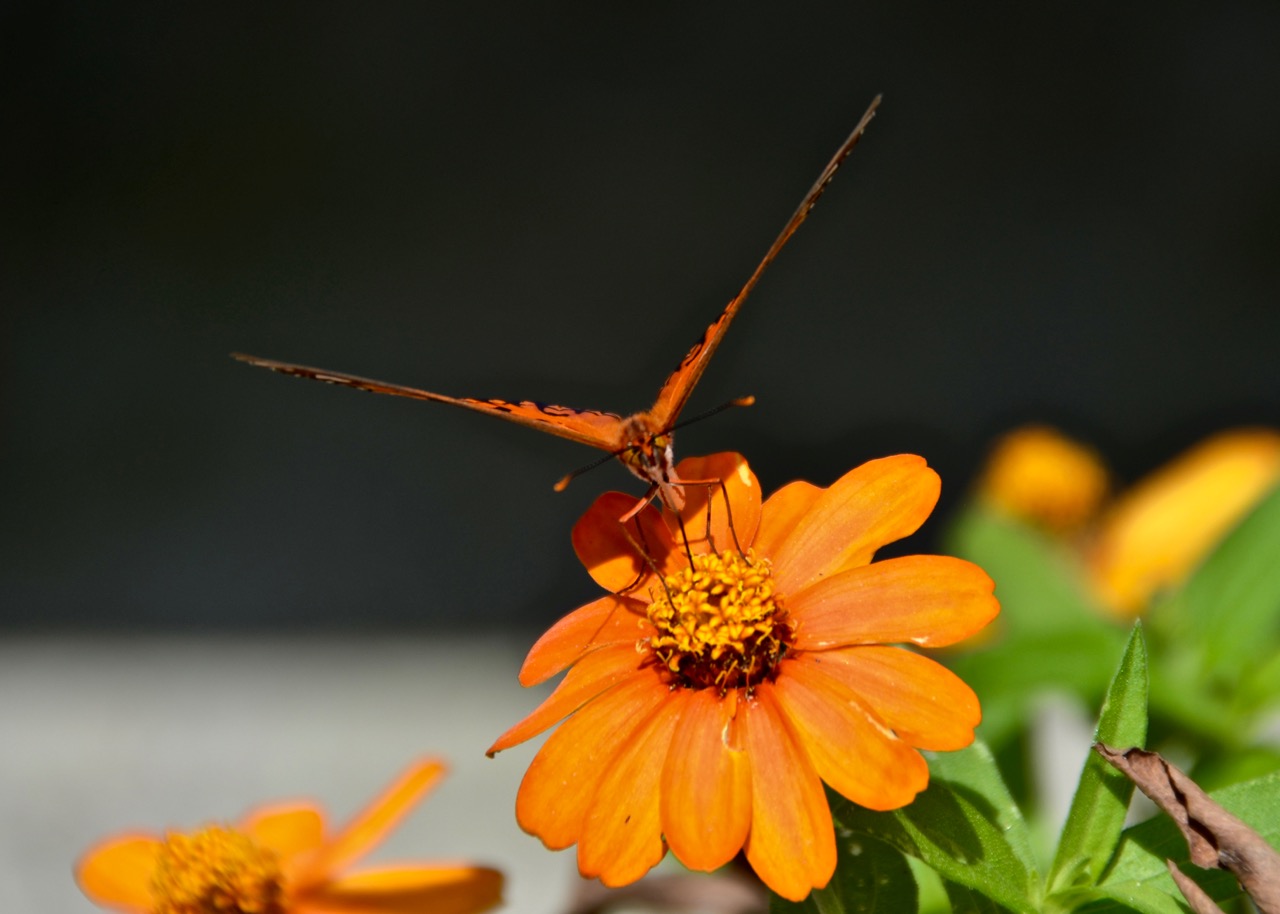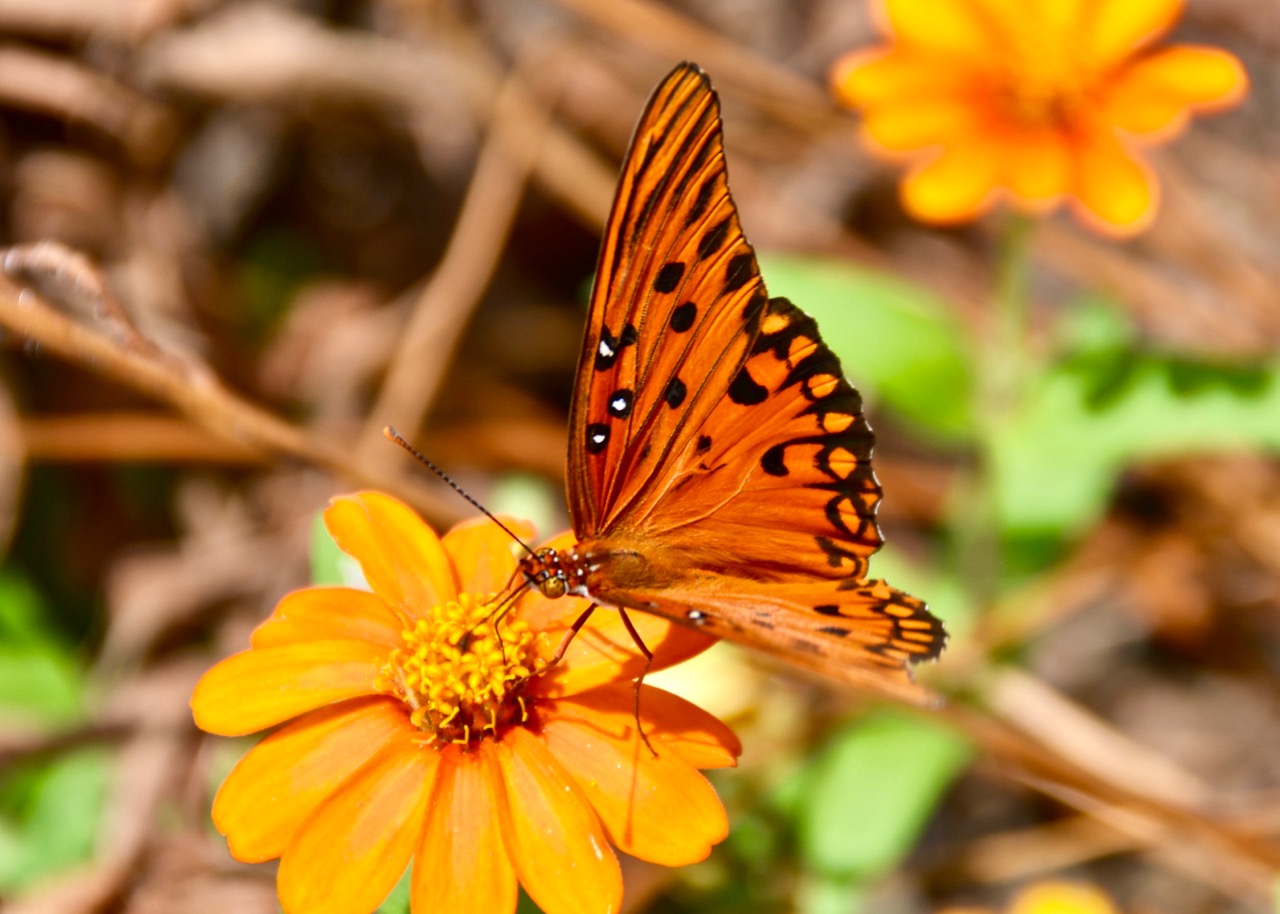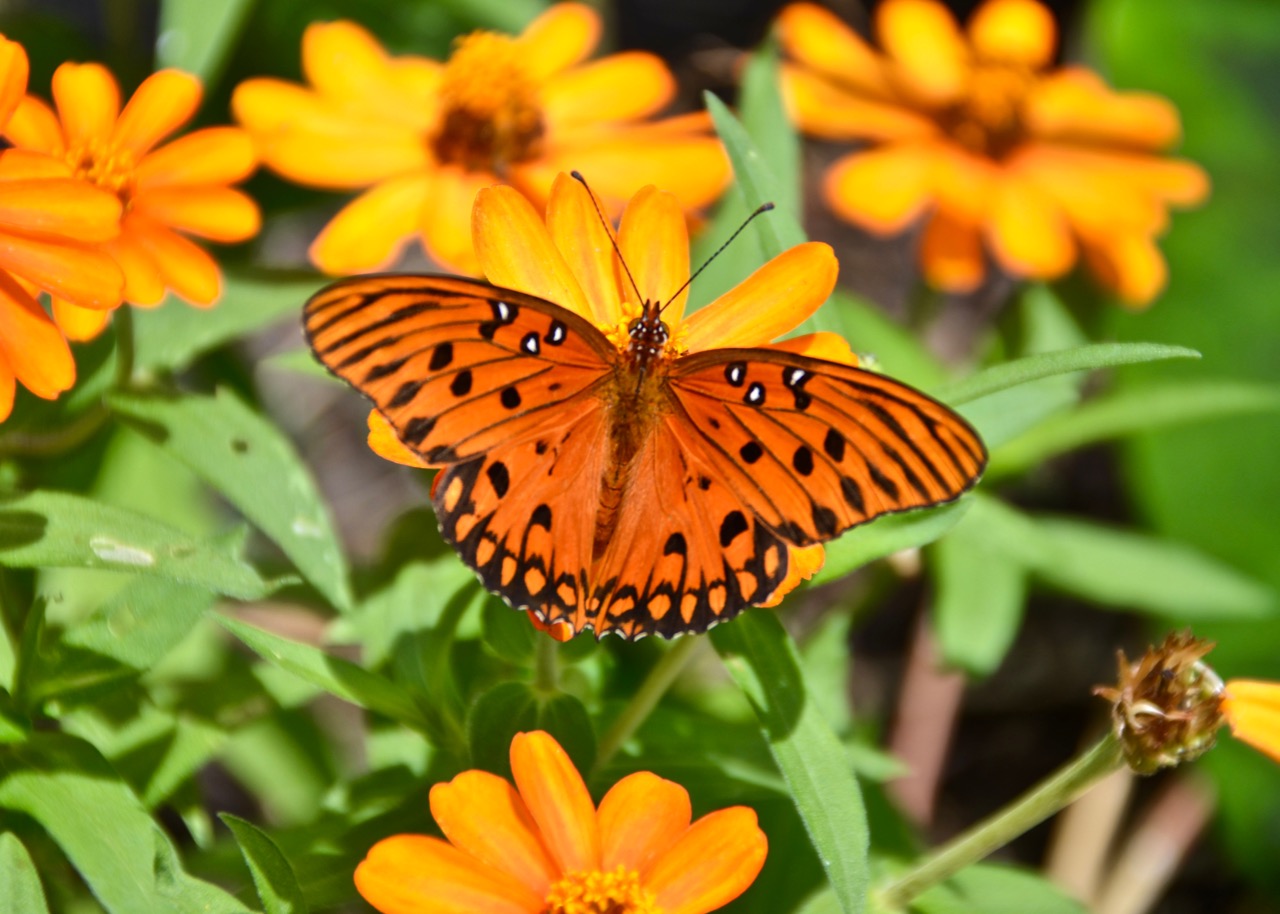From the bartender’s corner: Gin #18: Barr Hill Gin
A very unique gin. And while I am not easy to use superlative words when it comes to any gin, this one absolutely ranks as Best in America for me. Unless there is some other American Gin that I have not tasted yet that might top this. And I have had quite a few …
First, just the uniqueness in its simplicity. While most gins vie with each other to compete with all sort of esoteric herbs and botanicals, this one simply has two that are added to the base that is made from corn. First is juniper of course – else it technically cannot be called gin. The other one – and this is really really unique – honey.
The honey is not actually put during the distillation – it is added after. And the distillation is done in a still directly heated by fire. Which is relatively uncommon. For efficiency purposes, steam heated stills are far more common today.
Did I mention this is made in Vermont? Hardwick, Vermont. Where a beekeeper (Todd Hardee) and a career distiller (Ryan Christiansen) put this idea together. Actually, it was Todd’s idea (who by then owned a lot of farm and beehives). He hired Ryan. And then many years later, Ryan bought out Todd. Todd simply bought more land with that and makes all the herbs and botanicals and corn today that go to make the alcohols in Ryan’s distillery.
Here is one kicker about this gin. You are not going to find a lot of consistency. In fact, bottle to bottle, the colors might be slightly different as well as the nose and the palette. You wonder why, right? Think about it – what is honey made of? The nectar that the bees collect from the flowers. And it all depends upon which flowers they collect it from. So, if you harvest the honey in summer, you will get very different floral nose than if you take a batch of gin that has honey harvested in fall or spring!!
In any case, because of the honey, the viscosity of this gin is very different than other gins and you will see a distinct white cloudy color to the gin when you put ice – or even tonic water to it.
That alone made it very cool and unique to me. If you have not tried this gin before, I would highly recommend it.

There is a name for that?
See if you can guess any of these punctuation marks:
1. In 1962, a punctuation mark was invented which was basically the question mark and the exclamation mark together. It looks like this: ?! It is used to ask mostly rhetorical exclamatory questions. Like – What the heck?!
That symbol has a name. Do you know what it is?
2. Sometimes, in Word, you might have pressed the wrong keys (or maybe you wanted to do it purposely) and you would have seen all those line break and paragraph break symbols come up. The paragraph break symbol looks like this: ¶ (like an opposite P)
Do you know the same of that symbol?
3. Have you seen the following symbol usually used to separate different sections of a story or essay? “§”
Want to guess what it is called?
4. Remember the “divide” sign? “÷” Originally it was used to separate out sections in a story or essay too. And that has its own name.
Do you know it?
5. Sometimes, you might have seen this symbol – † in footnotes. Or might be even ‡
Can you guess what their names are?
Not sure how I got started this evening on this but I was looking up the name for a symbol and then one thing led to the other….
Stretching by the nets…
Original idea was to put in a slow recovery run today. Met an old colleague and runner friend – Dan and had a great time catching up with him.
That slow run needed to be a fast one if I were to also have coffee with the other running group – Chalupa.
Landed up stretching myself to a 8:40 pace for 5 miles. I might need to do some more stretching today and stay off the trail for a day or two. The scar tissue in left quad is showing sign of acting up.
It was a good run though – feeling the light breeze in your face in cooler temps.







